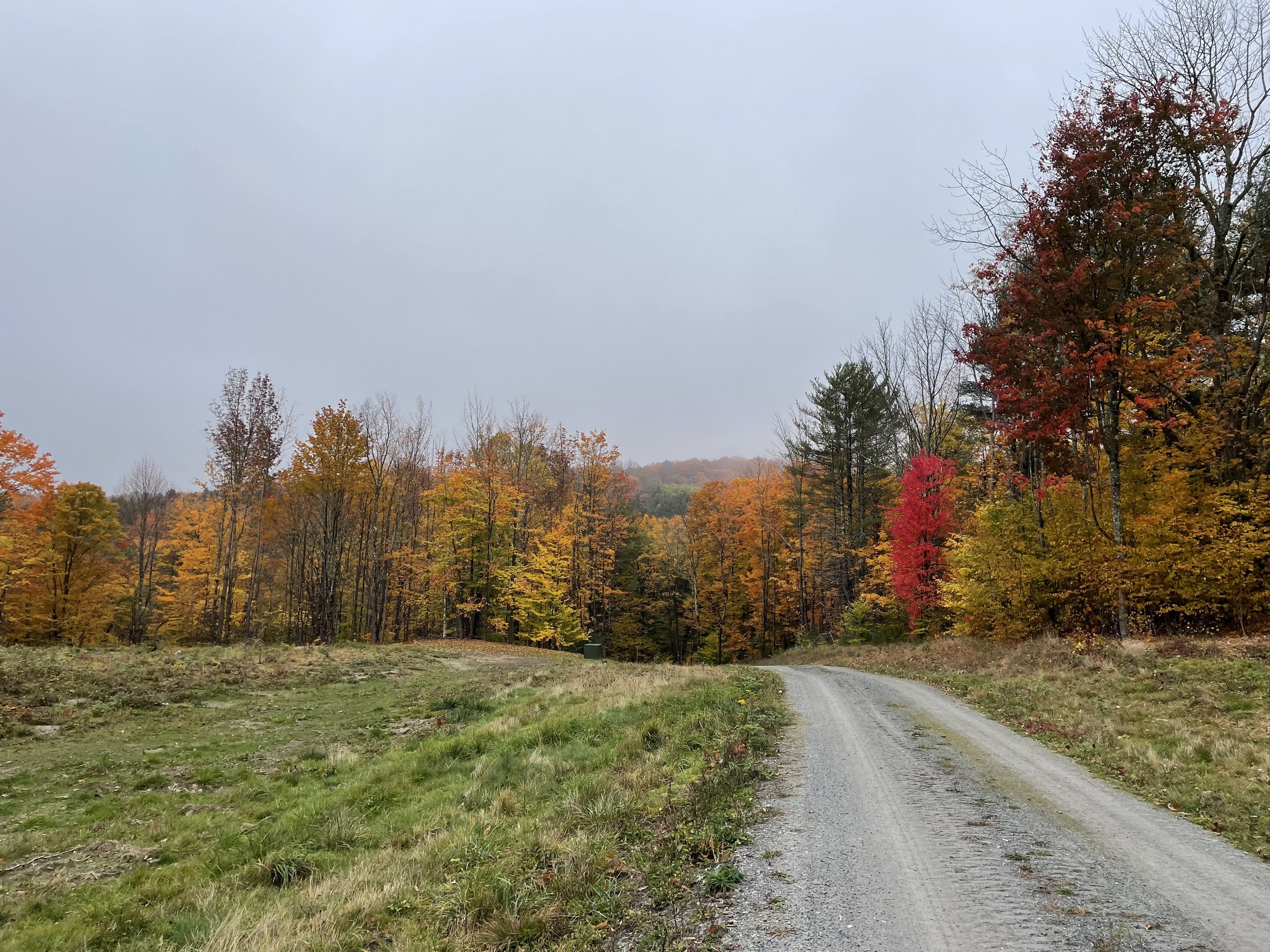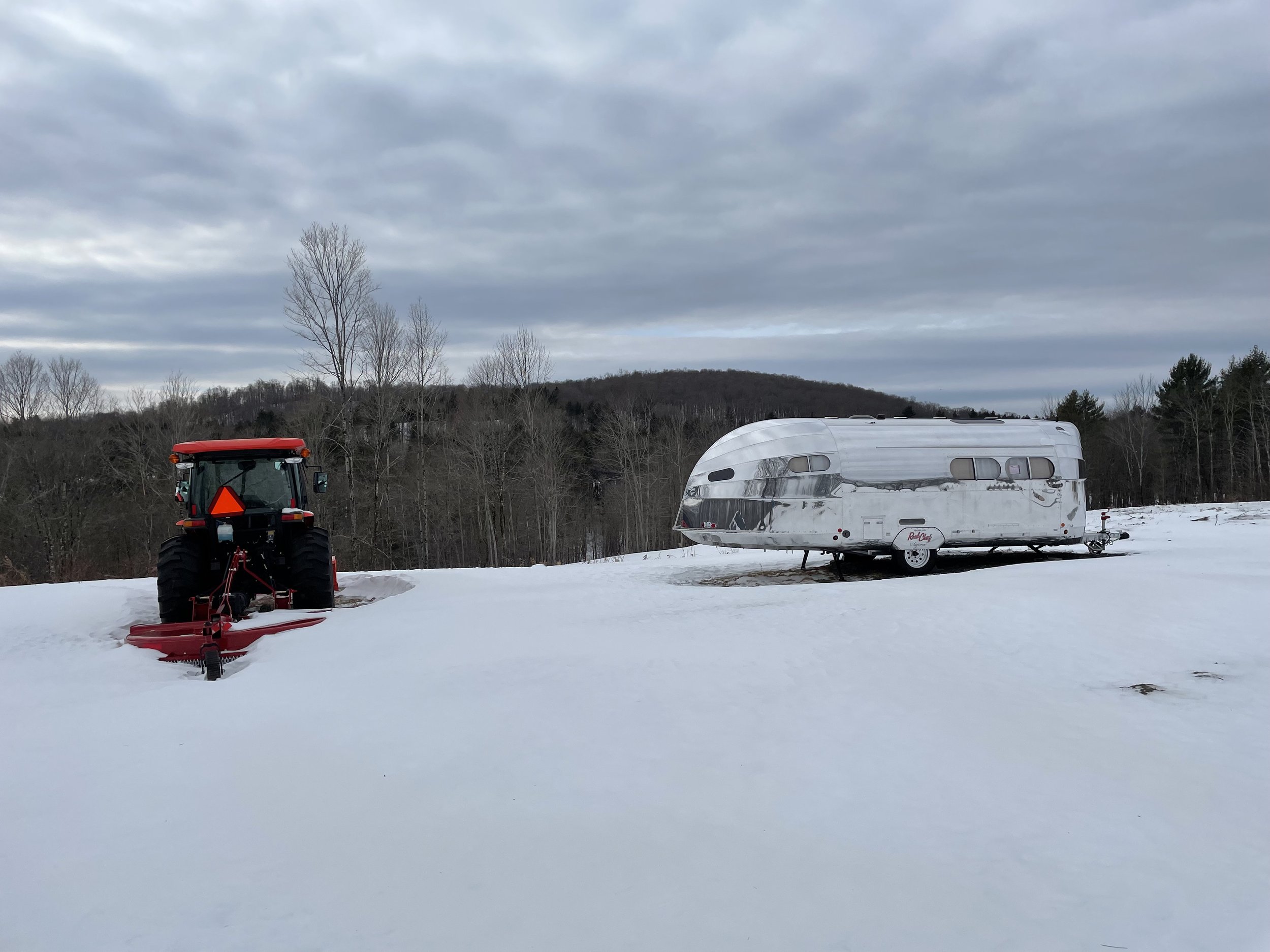
I started my journey from retired lawyer to shepherd during the pandemic when we were all on lockdown. I decided I wanted to raise a lamb. I don’t remember why. This morphed into buying a woodlot in Vermont, then coaxing some of my forests into pasture for a flock of sheep and their guardian llama. As a (pretty small) woman with no farming experience, I face challenges daily that take my breath away. I’ve learned how to use a tractor, a chain saw, a manure spreader, and why I need a hay elevator. I want to share my experience of learning tough new things and reaching way beyond what I believed were my boundaries.
I have a small flock of Merino sheep, a breed introduced to Vermont from Spain in the early 1800’s.
By 1837, at the peak of “Merino mania” in Vermont, there were six sheep for every human due to the high prices the fine wool commanded. The extensive pasture required to graze the Merinos led to extensive clear cutting of forests, resulting in 80% of Vermont being deforested by the late 1800s. The wool market went bust for Vermonters.













I raise my sheep on pasture using a system of rotational grazing.
This means I subdivide my pasture into smaller paddocks, continuously moving the sheep from one paddock to the next. It improves pasture quality, is healthier for the sheep, and is better for the environment.


